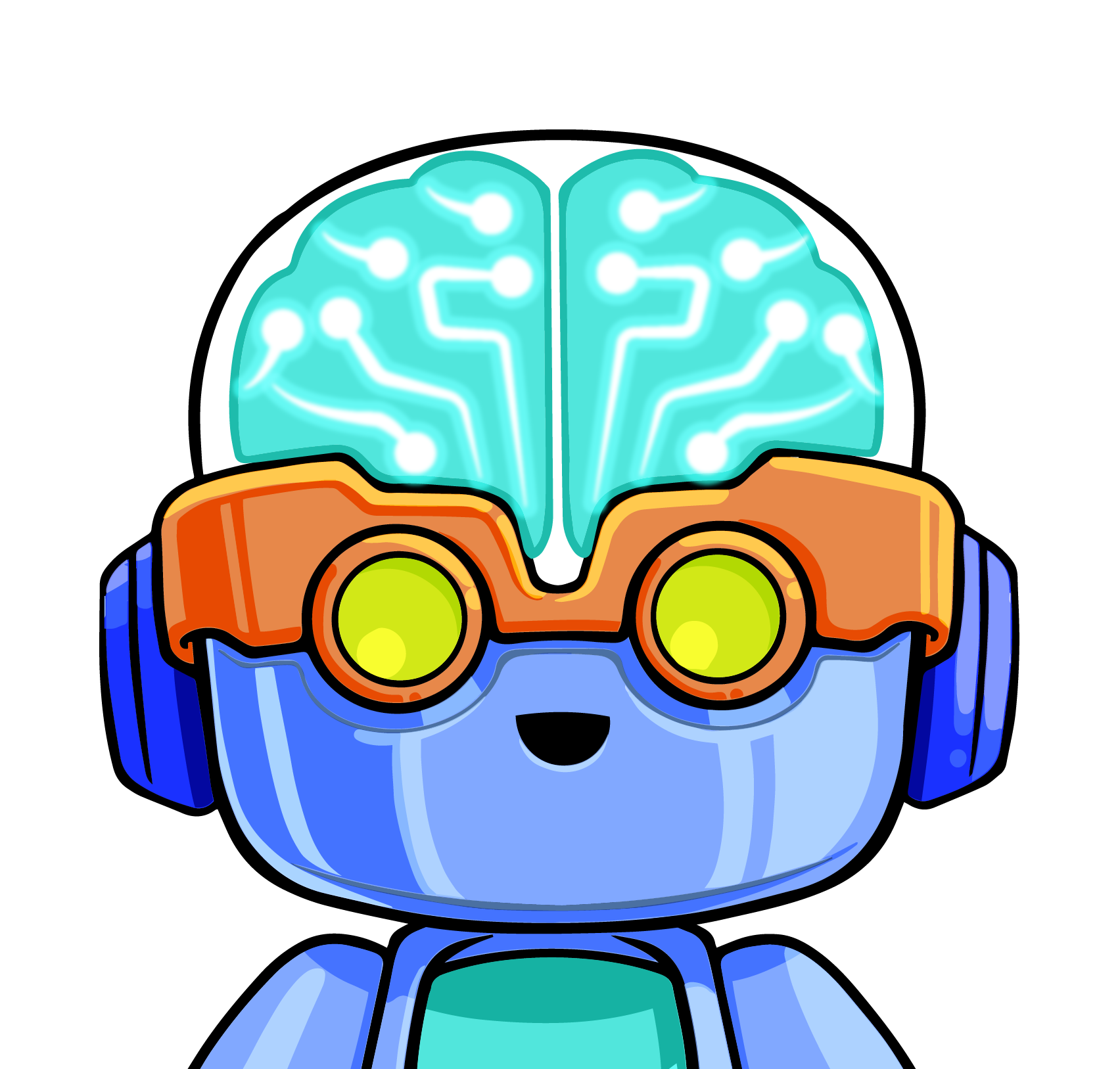Technology trends transform human behavior permanently. In the past decade, we have improved as a society by embracing digital lives that drive faster collaboration and automation and save us a significant amount of time. The IT Operations landscape is not any different, and artificial intelligence (AI) is at the forefront of that. Our goal is to make a step function increase in productivity by adding more automation so that people can focus on solving important and difficult problems that cannot be easily automated. Every year, more of that mundane work will continue to get automated by AI.
As AIOps gains momentum across IT teams, it’s important to stay up to date on the key trends. Keep reading for five AIOps trends to look out for in 2021 and how to launch a successful AIOps initiative in your organization.
Five AIOps Trends to Look for in 2021
1. AIOps Is Moving From One Data Type to Multiple Data Type Algorithms
One of the biggest trends I’m seeing in the market is bringing AIOps from one data type to multiple data types. The trend started where different probabilistic methods such as AI, machine learning, and statistical analysis were applied to a single data type which was either metrics, logs, or transactions. Next year, data scientists will be designing AI algorithms for multiple data sets together. It will look at the metric, log, and transaction data together, how they correlate, and what signals actually can be filtered out of all that noise so that it is faster to troubleshoot the issues.
Many technology companies, including LogicMonitor, have started investing in that trend. The ultimate goal is that people can save time, either through early warnings systems, filtering signals from noise, or automation.
2. Remote Work Is Driving More Technology Platforms to Deploy AI Towards Detecting Problems
At the beginning of 2020, millions of workers around the world were forced to abandon their offices and work from home on short notice due to the coronavirus pandemic. For many companies, remote work will become the new status quo moving forward. When it comes to AIOps, it doesn’t matter where the users are working from. Once the algorithm is operationalized, its only job is to accept the input data, extract the intelligence, and then output the optimized value. In remote environments, predicting performance that impacts customer experience and employee productivity has become extremely important because of the exponential increase in digital traffic.
All over the world now, people are working from home and students are away from campus. Previously, it was all concentrated in very specific areas. This makes a difference because the data that is collected from different locations has different properties. Now, every individual user who is working remotely is a data generator, whereas, in a collective working environment, data is more aggregated or similar. More intelligent algorithms are needed to predict problems in employee productivity or customer experience using the product remotely. These disparate data streams are difficult to analyze manually due to the sheer volume of the data, which is where AI helps. AI can automate complex processing of disparate datasources and help you predict problems before they occur at an individual level by detecting similar patterns in large volumes of data.
3. AIOps Will Become More Embedded in Observability Platforms
Observability in IT refers to a system’s ability to provide visibility into what’s happening inside a system to external monitoring tools. When it comes to business value and performance, there are three main components of observability. First is the customer experience that defines how well your customers are engaged using your products or interacting with the business. The second is employee productivity that defines how productive employees are able to be with the right tools. The third is the digital infrastructure that ties the employee productivity and customer experience to a unified technology platform. If these three things are not in place, then the organization does not have good enough visibility across how the business is performing.
Observability platforms look at metrics, dependencies, and logs and bring them together to connect the dots between the different data types. Looking at this data gives organizations good observability across the customer experience, employee productivity, and digital infrastructure to understand how the business is performing. Incorporating AIOps and automation into these platforms reduces the time required to predict and fix problems before they impact your business. The usage of observability platforms in organizations is on the rise, along with the expectation for AIOps to become even more embedded in the next year.
4. Security and IT Operations Will Be Better Integrated
When it comes to securing your business infrastructure and applications, the fundamental data is almost the same as IT operation data sets. It is the machine and user data flowing through your digital infrastructure. Security algorithms model the historical behavioral patterns and detect anomalies and deviations from those patterns in near real-time. Using AI, this process could be further automated towards blocking bad actors in near real-time.
For example, a hacker is trying to access or penetrate a firewall. That is detected by either a change in the volume of data or a change in the location of the user that is trying to access it. Multiple features could be used to classify that particular access as either regular access, hacker access, or insecure access. Once that is detected, it could be handed over to the automation system to block the IP address of that particular region or that particular range.
If you observe carefully, the underlying data required to gather this intelligence is still the transactions, logs, and metrics, but the users are security teams and the problem that they are trying to solve is securing the business from bad actors. The business problems and algorithms are different but the underlying data is the same. Next year, the IT Operations and Security teams will collaborate closely to not only detect problems in the infrastructure performance but also prevent cybersecurity threats in near real-time.
5. AIOps Platforms Time-to-Value Will Decrease
Many AIOps platforms have long setup times, leading to DevOps teams wasting valuable time. Next year, this will change as AIOps capabilities become more mainstream within the products. The AIOps capabilities of SaaS monitoring products like LogicMonitor will improve significantly in detecting richer patterns with machine learning algorithms trained on vast amounts of data. This will provide better actionable insights and new proactive capabilities right within the product without significant setup costs. This advancement will set the foundation for future integrated self-healing systems.
Properly educating employees on AIOps platforms is also a challenge that slows down many organizations. To efficiently use AIOps platforms, you need to have the right team in place. Build a team that is cross-functional between business, data owners, and engineers. When these three pillars come together you’ll see real value out of your AIOps initiative. If you have a team of only data scientists who are working on algorithms or have engineers only trying to build a data lake, you are not going to achieve your goals. You need a combination of the right people who understand the right business problem to solve. I constantly see organizations driving initiatives tied to buzzwords instead of a real business problem. AIOps is about solving complex business problems and therefore should start with a problem statement instead of a buzzword. Once the business problem is understood properly, it becomes easier to deploy a team to solve the problem using AI or any other means. If organizations do not follow this basic advice, they will most definitely lose out in AI maturity and spend a lot of time on failed projects.
How to Launch a Successful AIOps Initiative
AIOps is a journey, not a quarterly goal or a yearly goal. From a business perspective, AIOps is something that you want to invest in for the long term. One of the most important things about AIOps is understanding where you are in your maturity journey. You may want to launch an AI initiative right away, but you need to understand that you may not get the full power of AI until you have the right maturity. There are four maturity levels to look for when starting an AIOps initiative.
The first level of maturity of AI is Descriptive Analytics. Descriptive Analytics tell you what happened through dashboard and reports. It’s more backward looking and reactive. The second level is Predictive Analytics. At this level, you can predict what might happen based on the historical patterns that you have detected from descriptive analytics. The third level is Prescriptive Analytics. Once you know what might happen, do you have the right prescriptions to automate that? Finally, the fourth level is an Autonomic or a Self-Healing System. When you achieve this level, more than 50% of your business processes will be automated and your employees will save significant amounts of time.
These four maturity levels are general AI maturity levels which can be applied to AIOps, or even to the self-driving car, for example. If you’ve seen the journey of the self-driving car, it has been a long multi-year journey. It’s not something that is going to happen overnight. Initially, there were manual gears, then there were automatic gears, and now in the new cars, there are no gears at all, only electric motors. If you try to shoot for a self-driving car in your first release, you are going to fail. You need to understand where you are on the maturity curve and keep on improving year over year raising that maturity level.
We are living in exciting times where data is the most valuable enterprise commodity. It is the backbone of organizations of the future. For any digital organization, the business intuition is embedded in its data, whether something’s happening in the moment or patterns predicting the future. The operational data, monitoring data, and business data that is flowing through the digital infrastructure give us the intuition needed to take proactive actions and save time significantly. With all of the exciting improvements coming up in 2021, now is the perfect time to leverage AIOps in your organization.



